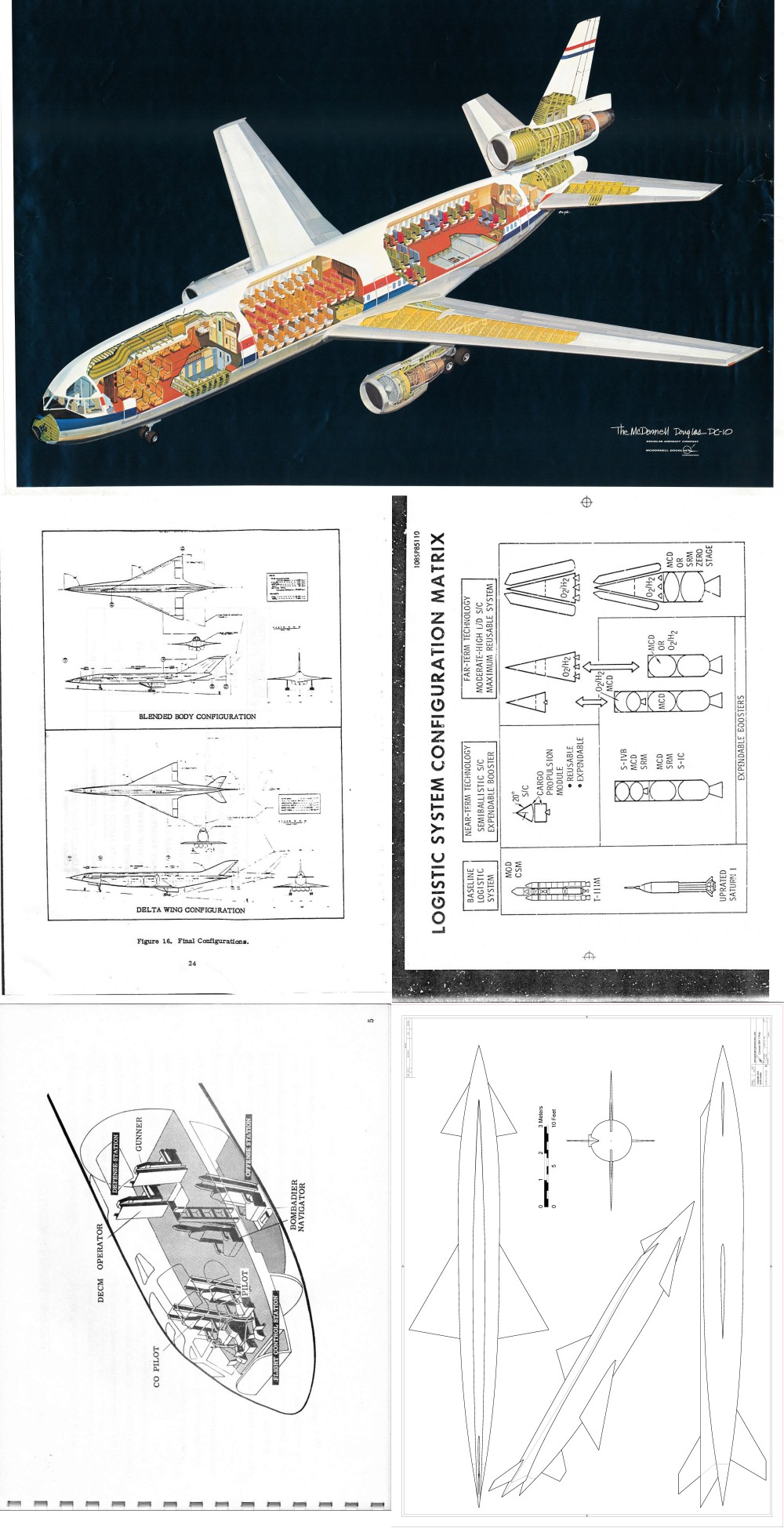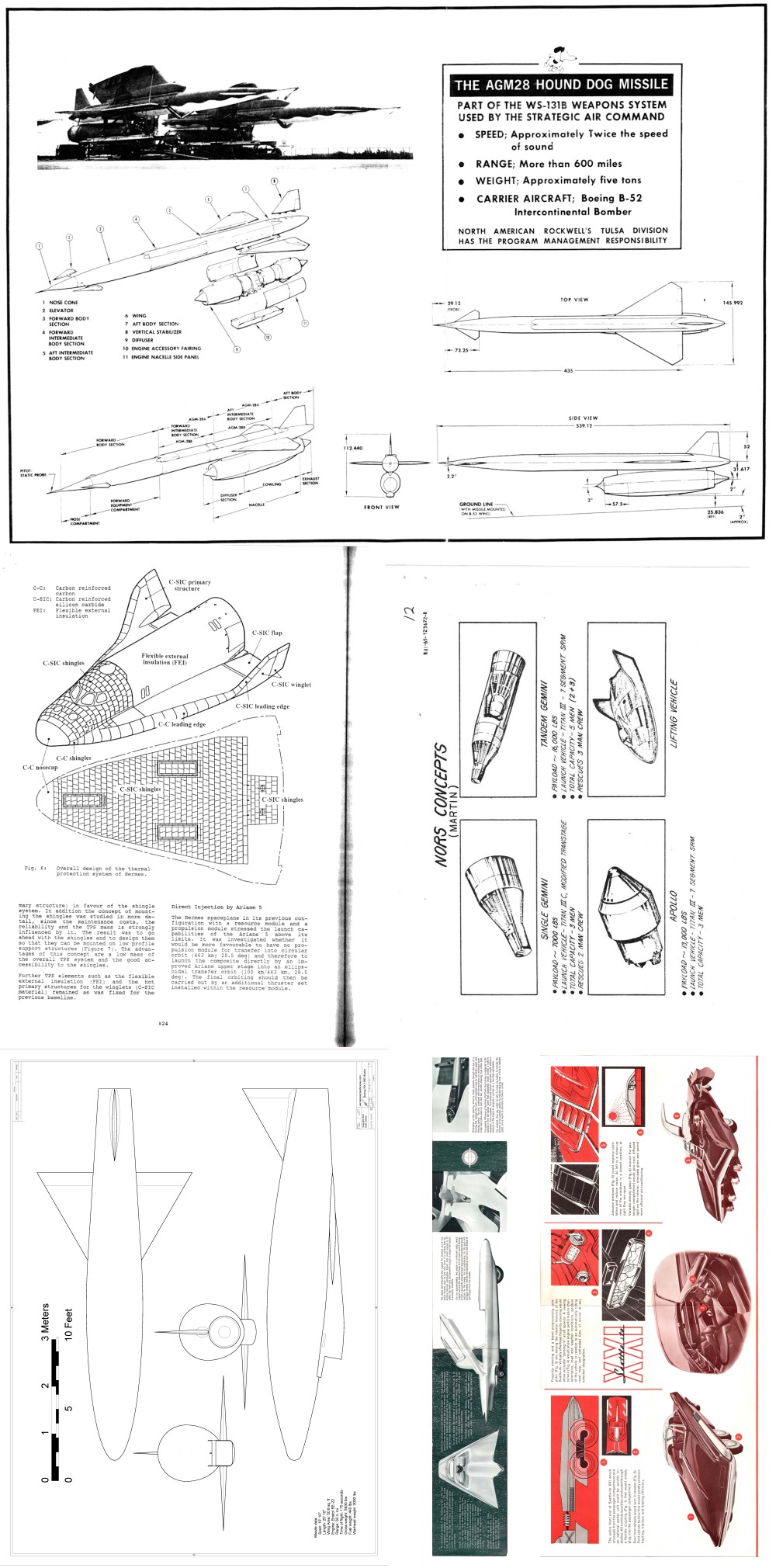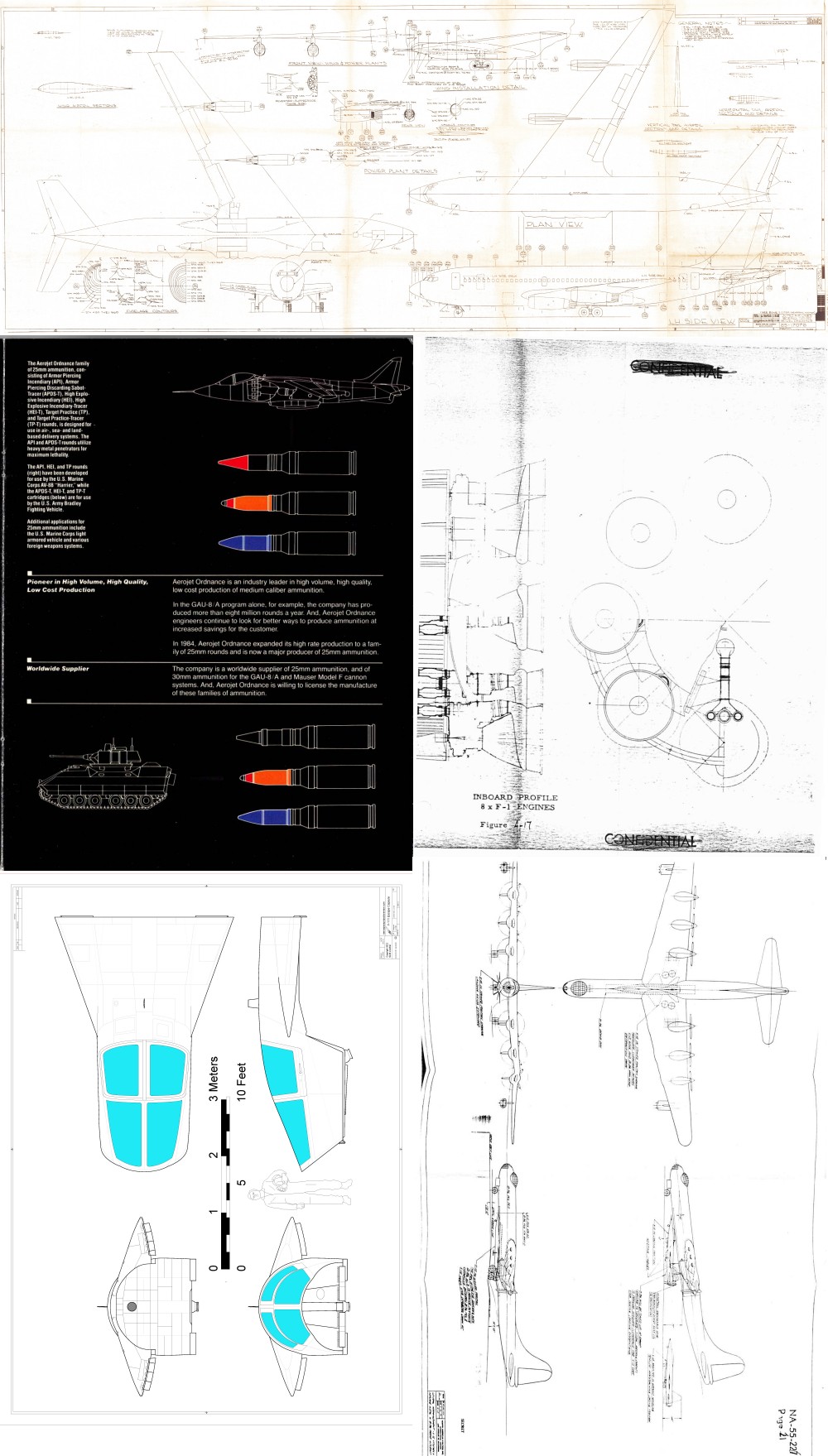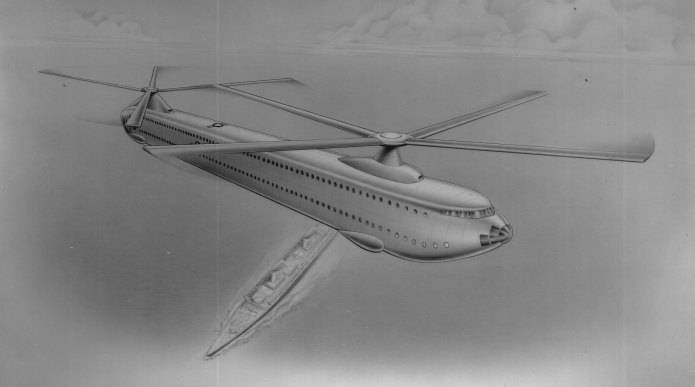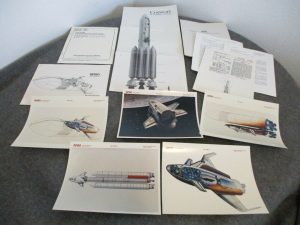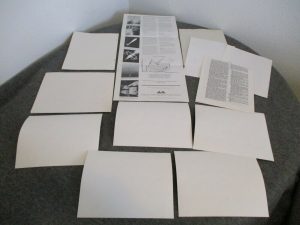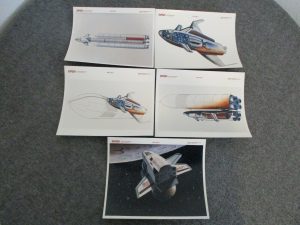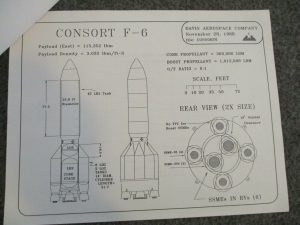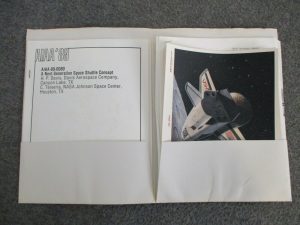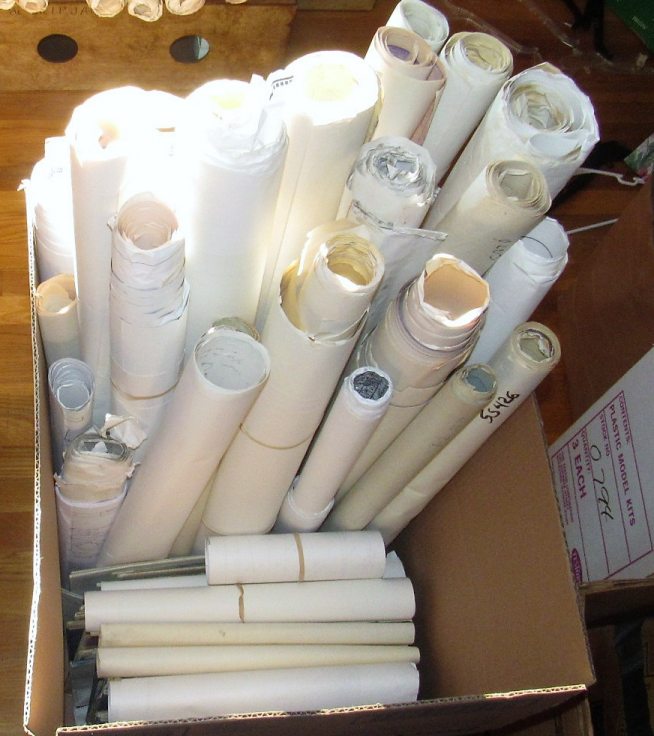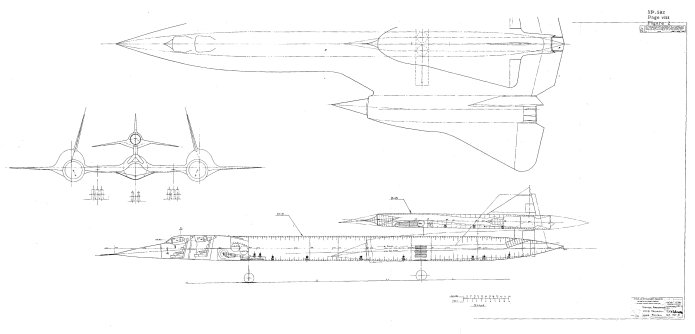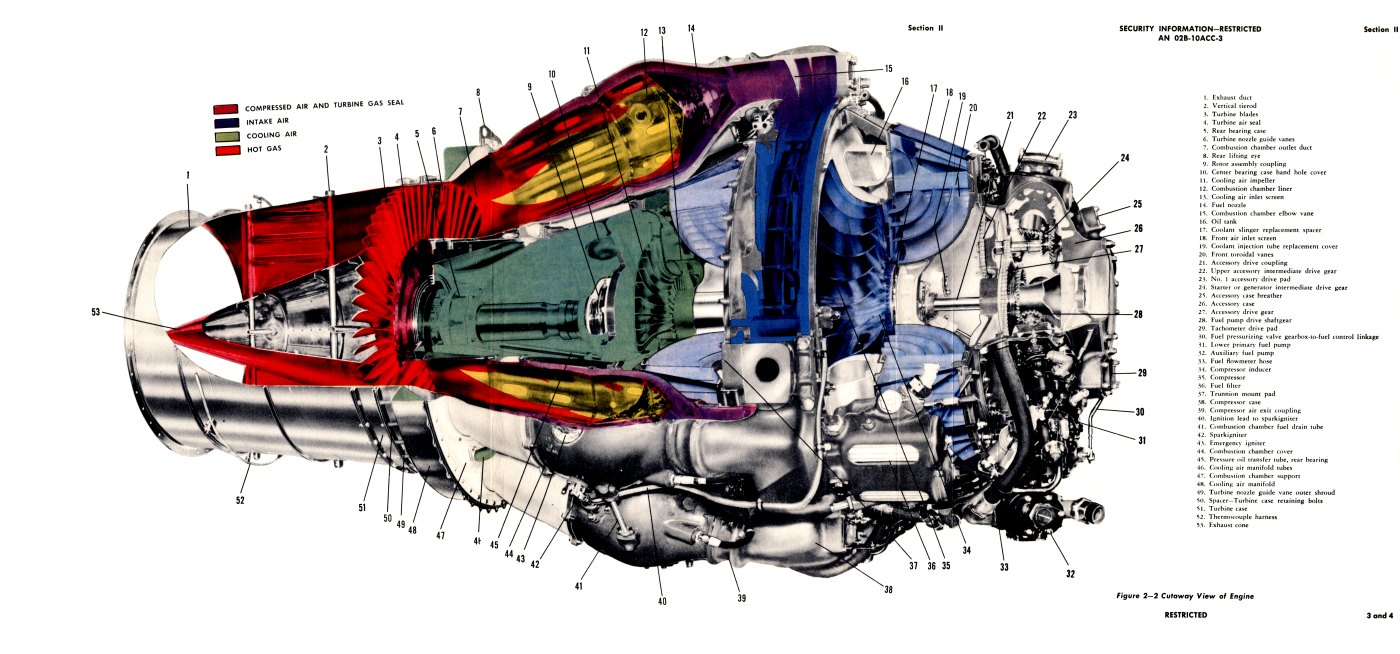A few more items I’ve recently paid for that will appear on the APR Patreon/Monthly Historical Documents Program catalog:
1) General Dynamics report “Technical Proposal for Advanced Exhaust Nozzle System Concepts,” 1977 designs for advanced fighters


2) “NASA Aeronautics,” 1974

3) NASA Facts – “The Jupiter Pioneers”

4) “Cessna EV-37E STOL” report, 1964

5) Cessna 407A: report on the proposed but unbuilt 407A transport derivative of the T-37

6) Cessna AT-37E STOL: report on attack variant

7) Cessna YAT-37D counter-insurgency airplane report

Also purchased were a large number of vintage “Space World,” “Aviation News” and “Interavia” magazines for research and “Extras” purposes.
If you would like to help fund the acquisition and preservation of such things, along with getting high quality scans for yourself, please consider signing on either for the APR Patreon or the APR Monthly Historical Documents Program. Back issues are available for purchase by patrons and subscribers.
Yeesh, I am *terrible* at advertising. Just realized I missed reporting on *several* months worth of rewards packages for APR patrons and Monthly Historical Documents program subscribers.
December 2021 rewards:
Document: “B-52G Advanced Configuration Mockup inspection,” Boeing presentation on the design of the then-new B-52G configuration
Document: “Performance Potential Hydrogen Fueled, Airbreathing Cruise Aircraft, Final report, Volume I, Summary” 1966 Convair report on hydrogen fueled hypersonic jetliners
Document: “Integral Launch and Reentry Logistics System” late-60’s Space Division of North American Rockwell presentation on very early Space Shuttle-type systems
Art: Large format McDonnell Douglas DC-10 cutaway
CAD Diagram: Convair MA-1 pod for B-58
January 2022 rewards:
Document: “The Configuration of the European Spaceplane Hermes,” 1990 conference paper on the unbuilt French spaceplane
Document: “Space Rescue Charts,” 1965 USAF presentation charts describing space “life rafts” and shelters
Document: Two nuclear-powered car brochures… Ford “Gyron” and Ford “Seattle-ite XXI”
Diagram: “AGM28 Hound Dog Missile,” North American Aviation informational graphic
CAD Diagram: Boeing MX-1965 missile
February 2022 Rewards:
Diagram: Boeing 720-022 model diagram, United Airlines configuration
Document: Aerojet Ordnance Company brochure, describes aircraft ammo
Document: “The Nova (Liquid) Vehicle a Preliminary Project Development Plan,” October 1961 NASA-MSFC report on facilities planning for the “Saturn C-8” configuration of the Nova vehicle
Document: “Ground Handling Equipment and Procedures for a X-15 Research Aircraft Project 1226,” 1955 North American Aviation report on the early B-36-launched design for the X-15
CAD Diagram: F-111 Escape capsule
If you would like to help fund the acquisition and preservation of such things, along with getting high quality scans for yourself, please consider signing on either for the APR Patreon or the APR Monthly Historical Documents Program. Back issues are available for purchase by patrons and subscribers.
Protected: February 2022 APR rewards catalogs
In March of 1961, “Space World” magazine published a few articles about what the future would look like thanks to the onrushing new technologies of the space age. It is… well, it’s wrong.
The article is jam-packed with predictions of a glorious technological and economic future to be brought about by the Space Age. And from the standpoint of 1961, it probably made sense: technology was advancing by leaps and bounds, the budget for NASA was beginning to explode, overall space and related science spending by both government and industry were shooting upwards. It *should* have been a glorious new age. But the experts did not count on a few things. Viet Nam, for example and, worse, LBJs “Great Society” economic and social suppression/dystopia promotion programs.
Some of the predictions for 1971:
1) The “Space Industry” would be the biggest industry in America
2) The “middle class” would be working high-paying skilled jobs and would make up 80% of the population
3) Skyscrapers would dwarf the Empire State Building, using girders made from beryllium, tantalum and niobium
4) Tape recorders would be the size of a cigarette
5) You could easily send a fax from, say, New York to Australia. You’d scan the page, beam it up to a satellite passing overhead, the satellite would store the scan and, when it some time later passed over Australia, the fax would be beamed down. That’s… not how international satellite communications works, but OK.
6) There’d be cities in Antarctica
7) There’d be regular, routine and affordable suborbital rocket passenger transport. Such as from Antarctica to New York, several flights a day.
Amusingly, these predictions are considered likely to be too conservative; people would look back to the predictions and “wonder why the prophets of 1961 were so shortsighted.”
“Today it is rocket time, and the coming decade will carry us all into the Age of Astronautics.”
They could not have known that their glorious future would only last a small handful of years. By 1968, the Apollo program was already terminated, with no follow-on. And the maximum spending for NASA occurred only in 65-66 or so, peaking at about 4% of the federal budget. Imagine if the upward trend had continued to, say, 1970. Perhaps 6, maybe 8% of the federal budget. What a world it could have been.

Awww. I gave myself a sad.
Sigh.
The full-rez scan of the article has been uploaded to the 2022-02 APR Extras folder on Dropbox. This is available to all $4 and up Patrons and Subscribers. If you would like to help fund the acquisition and preservation of such things, along with getting high quality scans for yourself, please consider signing on either for the APR Patreon or the APR Monthly Historical Documents Program.
One of the odder concepts from the 1950’s was this circa 1959 Bell Aircraft concept for a nuclear powered helicopter. Very little has come out about it in the decades since; some crude schematics of how the reactor and propulsion systems would be arranged, a bit of text, and this one piece of art. Supposedly this vehicle would have a fuselage some 300 feet long (including rotors, it would be much longer), have a top speed of 200 miles per hour and weigh 500,000 pounds. The artwork looks more like the result of turning the artist loose on the idea of “giant nuclear helicopter” than an interpretation of an engineering study; nuclear reactors powerful enough to lift a half million power helicopter and neither small nor minimally radioactive. A heavily shielded reactor would have to be fitted within this vehicle *somewhere,* and there would doubtless not be windows in that region. This design, though, has windows along the whole length of the fuselage, with little space for a shielded reactor. This design seems to have been designated D-1007.
The full-rez scan of the art has been uploaded to the 2022-02 APR Extras folder on Dropbox. This is available to all $4 and up Patrons and Subscribers. If you would like to help fund the acquisition and preservation of such things, along with getting high quality scans for yourself, please consider signing on either for the APR Patreon or the APR Monthly Historical Documents Program.
So a lot of “Shuttle II” stuff appeared on eBay for an exorbitant price. I’m becoming increasingly leery of plunking down excessive sums for this sort of thing… not only due to my own finances and the onrushing economic meltdown, but because doing so incentivizes sellers to slap even more exorbitant prices on things. But, I put this lot before my APR patrons/subscribers as a potential crowdfunding opportunity, and enough signed on that I went ahead and purchased the lot. It should arrive early next week.
As with all my APR crowdfunds, the cost of the item is split evenly among the funders; the more funders, the lower the price per person. Each funder will receive a complete set of high-rez (300 DPI, full color… higher rez if called for) scans of the items. Typically these crowdfunded items then get sent on to appropriate archive, library or museum, though this time I’m not quite sure where they should go.
If you would be interested in signing on, send me an email ![]() . There are currently enough funders that the per-funder price is
. There are currently enough funders that the per-funder price is ~$24 under $14; the more sign on, the lower it’ll get. If you have a price limit noticeably lower than $24 $14, let me know in your email. This will remain open until the stuff arrives, presumably early next week. At that point it’ll be closed and the price set.
Additionally: the box shown below, loaded with blueprints/diagrams, is somewhere in the system headed my way. It was procured sight unseen; I have high hopes. This sort of thing is made possible by the APR Patrons/Monthly Historical Documents Program subscribers. If you want to help preserve aerospace history and get in on these goodies, please consider subscribing.
Protected: January 2022 APR Rewards Catalogs
Below is one of the diagrams that I used to help create “Lockheed SR-71: Origins and Evolution.” It is a Lockheed diagram taken from a CIA report showing the D-21 drone atop an M-21 mothership… basically a two-seat version of the A-12 spyplane. The D-21 program as a whole was a dismal failure, but launching it from the back of a manned Mach 3 aircraft proved to be fatal. Still, the D-21, for all the trouble it had, was an impressive piece of work; had there been more of a drive to make it work, doubtless Lockheed would have made it into a successful recon platform. But the time, effort and expense just didn’t compare well to results from spy satellites, and the program was ended. A number of airframes have been preserved, and there have been attempts to resurrect them for use as experimental platforms.
The full-rez diagram has been uploaded to the 2022-01 APR Extras folder on Dropbox. This is available to all $4 and up Patrons and Subscribers. If you would like to help fund the acquisition and preservation of such things, along with getting high quality scans for yourself, please consider signing on either for the APR Patreon or the APR Monthly Historical Documents Program.
I plan on uploading a number of the diagrams, art and whatnot that I used to create the CAD diagrams in “SR-71” the the APR extras Dropbox in the coming months.
I recently stumbled across an old turbojet maintenance manual. Included within the manual was a rather nice cutaway illustration, colored in the way that only early 1950’s technical manuals were.
A 300 dpi scan of the diagram has been made available to above-$10 patrons/subscribers. If you would like to help fund the acquisition and preservation of such things, along with getting high quality scans for yourself, please consider signing on either for the APR Patreon or the APR Monthly Historical Documents Program.
